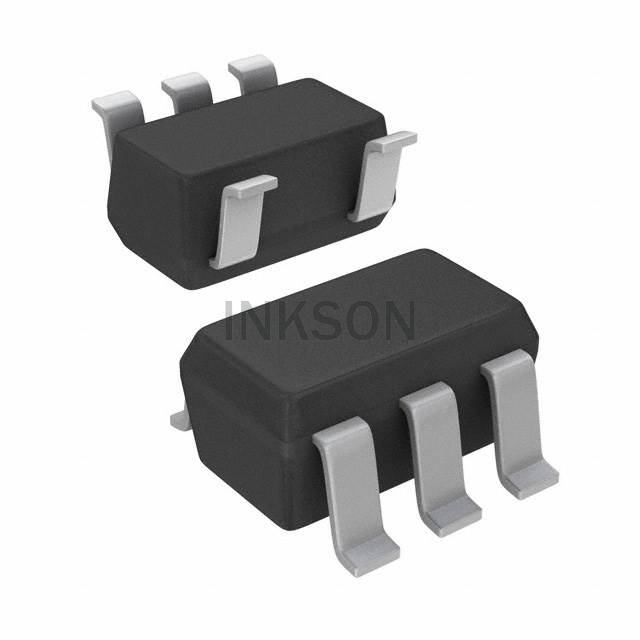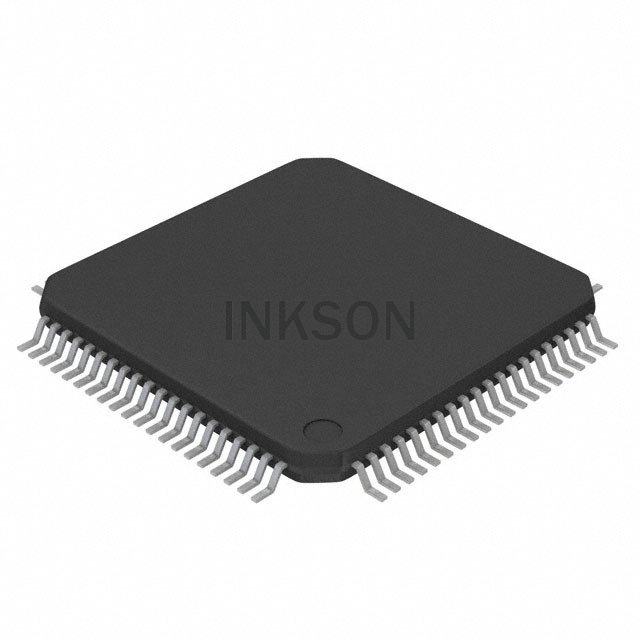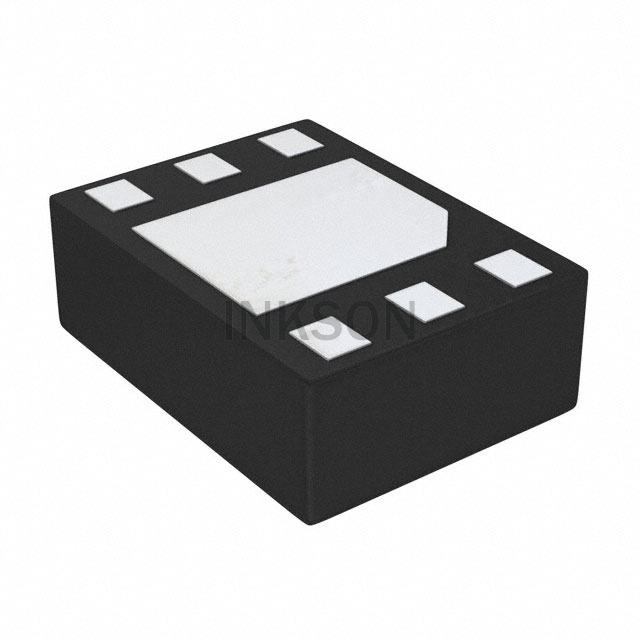The LMV331QDBVRQ1 is a precision, low-power, single comparators manufactured by Texas Instruments. This device is designed to operate over a wide range of supply voltages and offers low input offset voltage and low hysteresis, making it well-suited for various comparator applications. Here's an overview of its working principles, functions, and typical applications:
Working Principles:
The LMV331QDBVRQ1 operates as a voltage comparator, which means it compares two different input voltage levels and produces a digital output based on which input is higher. It consists of high-gain differential amplifiers that are designed to quickly respond to changes in the input voltage signals and provide a digital output based on the comparison.
Functions:
-
Voltage Comparison: The primary function of the LMV331QDBVRQ1 is to compare two different voltage inputs and produce a digital output based on their relative levels.
-
Low Power Consumption: The device is designed for low power operation, making it suitable for power-sensitive applications and battery-operated systems.
-
Wide Supply Voltage Range: It can operate over a wide range of supply voltages, enhancing its versatility in various circuits.
-
Low Hysteresis: The comparator offers low hysteresis, enabling accurate and stable switching between output states near the trigger points.
-
Low Input Offset Voltage: The device provides low input offset voltage, contributing to its accuracy in voltage comparison tasks.
-
Open-Collector Output: Its open-collector output allows for flexible interface and connection to different logic families and external circuitry.
-
Fast Response: Capable of rapid response times for changing input voltages.
Applications:
-
Overvoltage/Undervoltage Protection: Used in power supply monitoring circuits to detect overvoltage and undervoltage conditions.
-
Window Voltage Detectors: Employed in window voltage detectors to monitor a voltage band to trigger specific actions.
-
Battery Management Systems: Integrated into battery monitoring systems to track battery voltage levels and manage charging and discharging processes.
-
Level Shifting: Used for level shifting and interfacing between different voltage domains in mixed-signal systems.
-
Signal Conditioning: Applied in signal conditioning circuits where precise voltage comparisons are required.
-
Threshold Detection: Utilized in threshold detection circuits to activate an alarm or control system when a voltage threshold is crossed.
-
Digital-to-Analog Converter (DAC) Applications: Used in DAC applications for level shifting and comparator circuitry.
-
Sensor Signal Processing: Incorporated into sensor circuits for processing analog sensor signals and converting them to digital signals for further processing.
These typical applications showcase the versatility of the LMV331QDBVRQ1 in various industries and electronic systems, where precision voltage comparison and low-power operation are essential. Always refer to the manufacturer's datasheet and application notes for detailed design and application guidelines specific to your use case.



